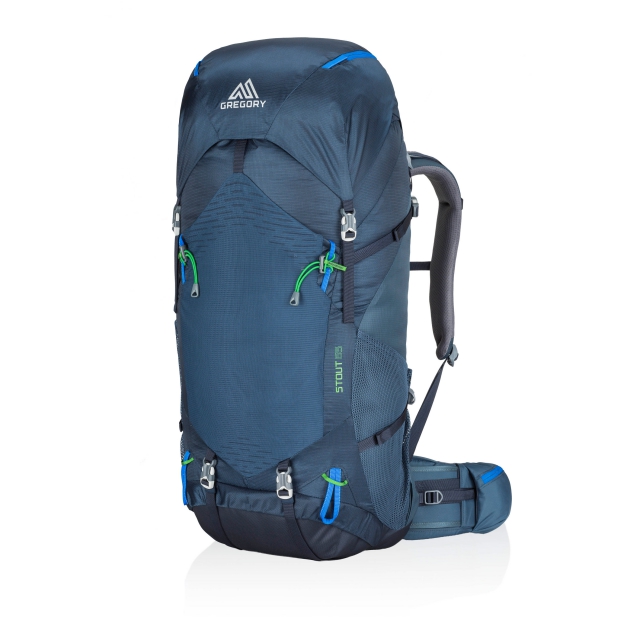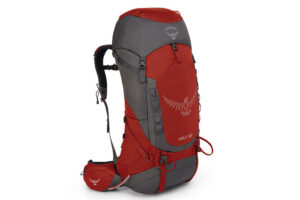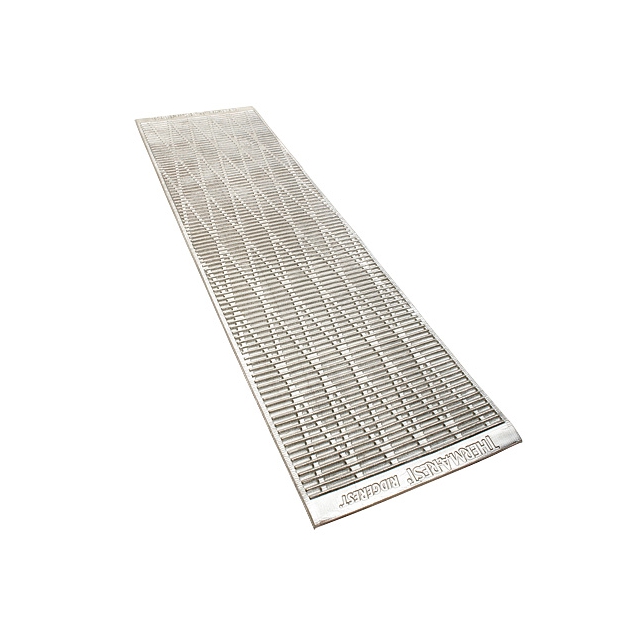
Your scout has done the 5-mile hike, three 10-mile hikes, a 15-miler and the big 20-miler. His written up his hikes, and he’s earned the coveted Hiking merit badge. Now, it’s time to take the next step. Or the next several hundred thousand steps, with a bigger pack and more weight on his back.
It’s time to go after the Backpacking merit badge.
This is a challenge that likely will thrill most scouts, and why not. It’s a chance to take three short (at three days) overnight trips followed by a big five-day, 30-mile escape into the woods. Sleeping under the stars, eating camp food, going without a shower. Could life get any better?
As a parent, you’re also excited: backpacking teaches basic life skills, from how to work as a team to simply how to survive. But there’s also a bit of parental trepidation: that’s a lot of equipment — How much is this going to cost?
Probably not as much as you think.
First, a lot of the clothes your scout wore to earn that hiking badge are the same clothes he’ll need for backpacking, same with hiking shoes/boots. And because the Troop likely has some gear for the scouts to use — tents and stoves, for starters — there’s really only three things they’ll need to buy. Cullen McMillian, who’s been backpacking more than half of his life (the Charlotte native started when he was 10!), offers advice on what you should look for and suggestions on specific pieces of gear well-suited to scouting.
Backpack

The priciest item on the list, but well worth it. First, what to look for:
- Durability. To meet the badge requirements, this pack will see a minimum of 14 days in the field (much of that literally, as it will get dumped onto the field at every rest break, left in the field at day’s end, and will field an array of bumps and scrapes as your scout makes his way through tight passages on the trail. Thus, make sure the bulk of the pack is made of durable ripstop nylon or polyester, and that the pack bottom is reinforced. Look for sturdy buckles and even sturdier zippers (which handle a remarkable amount of stress).
- Adjustability. Your scout likely isn’t done growing; what a bummer (for you) to buy a pack at the beginning of the backpacking season only to have junior undergo a growth spurt before the end. Make sure your Scout’s pack has a torso adjustment that will let you grow the back as your Scout grows.

Osprey Volt 60 - Access. Often on these badge hikes, they’ll hit the trail and they won’t stop. Thus, it’s good to have on-the-go access to the things you may need along the way: bug repellant, an inhaler, Skittles. Look for a pack with hip belt pockets. Water is important to have access to as well. Some packs come with bladder holders (though bladders can be pricey); otherwise, make sure it has fabric water bottle holsters on both sides of the pack. Also make sure that you can actually reach the water bottle in the holster (holster’s angled forward are best).
- Comfort. Make sure the pack fits and is comfortable on your scout’s body! Your scout could be wearing that pack for 6, 8, 10 hours a day; if that pack is digging into his shoulders, if it’s chaffing his pits, if it’s rubbing his hips raw, you’re going to have one cranky camper. We fit the packs in the store to make sure the pack does what it’s supposed to do — and doesn’t do what it isn’t supposed to do.
- Size. Most scouts aren’t about ultralight gear. For a three- to five-day trip they’ll need a voluminous pack, likely in the 60-liter or greater range.
- Onboard rainfly. It will rain, that’s a given. What isn’t always a given is that your Scout will remember to bring a raincover to keep his pack dry. Thus, get a pack that has a raincover built in.
That said, Cullen has two recommendations:
- Osprey Volt 60. With 5 inches of torso adjustment, it will grow with your scout. It has good-size hip belt pockets, angled water bottle holsters, and overall durability and versatility that has made it one of Osprey’s most popular packs. Cost: $200. Learn more about the Volt 60 here.
- Gregory Stout 65. It also has 5 inches of torso adjustment, voluminous hip belt pockets, built-in raincover, a breathable backpanel and sturdy construction. Cost: $179.95. Learn more about the Gregory Stout 65 here.
Sleeping bag

You can pay a bundle for a good sleeping bag. Or you can pay $129.95.
Sierra Designs new Synthesis 35 bag is a remarkably good deal. It’s relatively light (2 pounds, 6 ounces), it packs down remarkably well to occupy modest portion of your Scout’s bag, and its new synthetic insulation embraces the best of both down (it’s warm) and synthetic (it performs even when wet) bags. The 35 means it should keep your camper warm to about 35 degrees (the Synthesis also comes in a 50 [$119.95] and a 20 [$139.95] version, but 35 should suffice for camping in our climate. A good deal, says Cullen.
Learn more about the Sierra Designs Synthesis 35 here.
Sleeping pad

You can spend upwards of $200 for an ultralight inflatable mattress that will rival your mattress back home for comfort. You can also spend $29.95 for the classic RidgeRest closed cell mattress from Therm-A-Rest. The latter is a much better option for your scout: it can take a beating, it needs little maintenance, it’s no big deal if it gets wet.
It may not have much padding, it’s not plush, but does that really matter? Kids can sleep just about anywhere.
Learn more about the Therm-A-Rest RidgeRest here.
